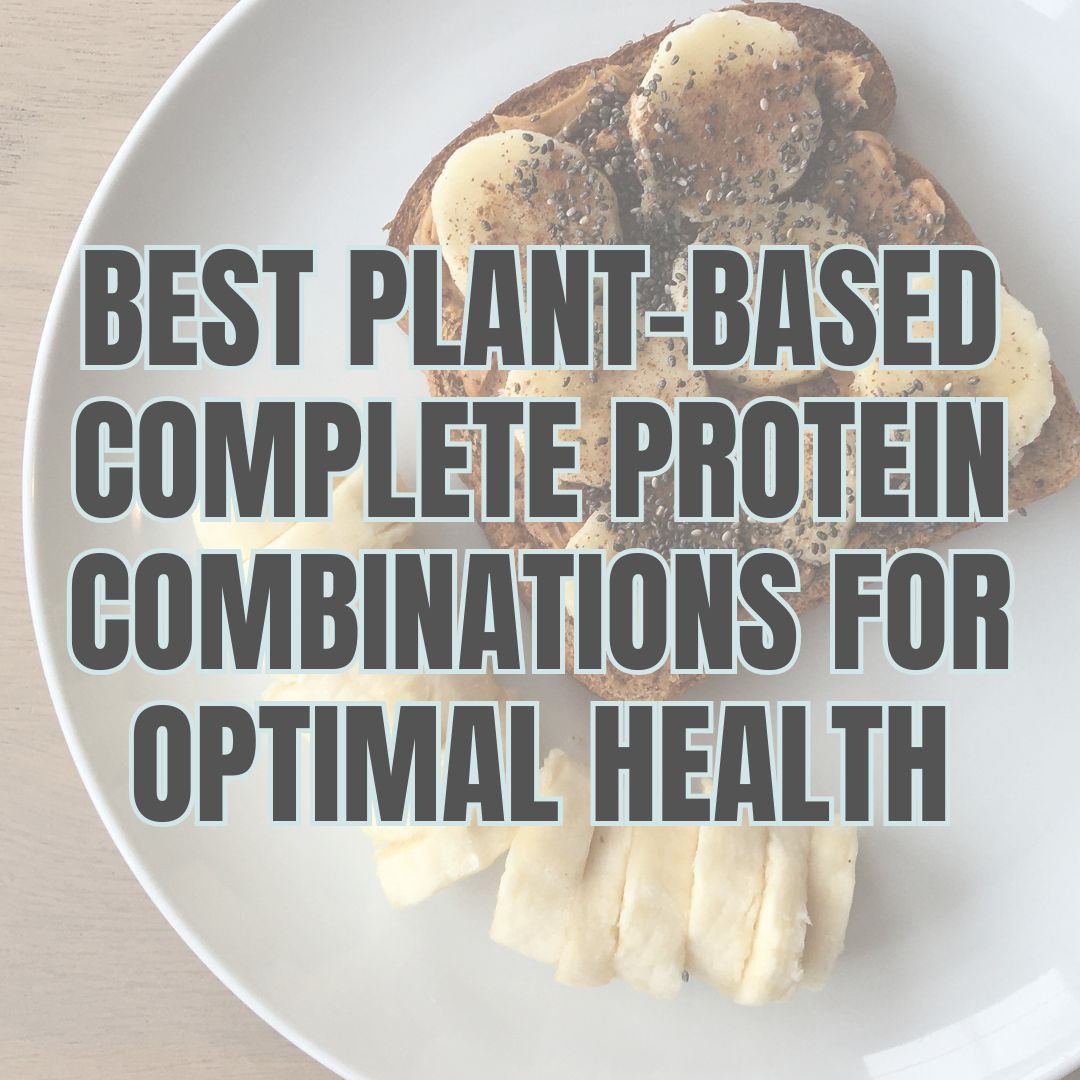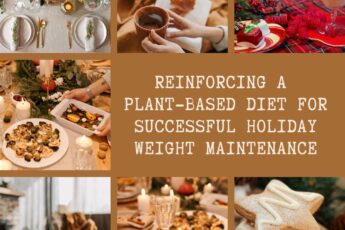If you’ve ever thought about going plant-based, you might have heard that plant proteins are “incomplete” and need to be carefully combined at every meal. Luckily, that’s an outdated myth! While plant proteins do have varying levels of essential amino acids, your body is pretty smart—it stores amino acids throughout the day and uses them as needed. By incorporating a variety of plant-based complete protein combinations throughout the day, you can easily meet your protein needs without overthinking every meal.
So instead of stressing over every meal, you just need to eat a variety of plant-based foods over the course of the day to get all the protein your body needs.
But don’t just take my word for it! Nutrition experts agree:
✅ According to the NATIONAL INSTITUTES OF HEALTH (NIH), appropriately planned plant-based diets are nutritionally adequate and can support a healthy lifestyle.
✅ The MAYO CLINIC: TIPS FOR EATING MORE PLANT-BASED PROTEINS emphasizes that plant-based proteins can provide all essential amino acids as long as you eat a varied diet.
So let’s break it all down—how much protein you need, which plant foods are the best sources, and simple plant-based complete protein combinations to make meal planning a breeze.
How Much Protein Do You Actually Need?
A common concern for those transitioning to a plant-based diet is getting enough protein—but it’s actually easier than you might think!
- The general guideline for protein intake is 0.8 grams per kilogram of body weight (or about 0.36 grams per pound).
- If you’re active, your needs may be higher—1.2 to 2.0 grams per kilogram depending on your activity level.
For Example:
- A 150-pound (68 kg) person needs about 55g of protein per day (more if active).
- A 180-pound (82 kg) person needs around 66g of protein per day.
Luckily, plant-based foods can easily provide that—without needing to track every bite!
Myth-Busting: Do You Really Need to Combine Proteins?
You might have heard that plant proteins are incomplete—meaning they don’t contain all nine essential amino acids in the right proportions. While it’s true that some plant foods are lower in certain amino acids, the idea that you need to combine them at every meal has been debunked.
🚫 Myth: You have to combine plant proteins at each meal to get enough protein.
✅ Truth: Your body maintains an amino acid pool, and as long as you eat a variety of plant-based foods throughout the day, you’ll get all the essential amino acids.
In short—you don’t need to overthink it!
High-Protein Plant-Based Foods (No Combining Required!)
While mixing and matching is great, you don’t have to combine foods to get enough protein. Many single plant-based foods are naturally high in protein!
🌱 Standalone Plant-Based Protein Sources (Per Serving):
- Lentils – 18g per cup
- Chickpeas – 15g per cup
- Quinoa – 8g per cup
- Tofu – 20g per cup
- Tempeh – 30g per cup
- Hemp Seeds – 10g per 3 tbsp
- Nutritional Yeast – 8g per 2 tbsp
Eating a mix of these foods throughout the day ensures you’re getting all the amino acids you need—without stressing about meal-by-meal combinations.
What Plant-Based Complete Protein Combinations Can You Choose?
Even though you don’t need to combine foods at each meal, pairing certain plant foods together naturally boosts amino acid variety—plus, these combos just taste great!
🥜 Legumes + Grains
- Rice & beans (a classic for a reason!)
- Lentils & whole wheat toast
- Chickpeas & quinoa
🌻 Nuts/Seeds + Whole Grains
- Peanut butter & whole grain bread
- Almonds & oatmeal
- Chia seeds & brown rice
🥦 Legumes + Nuts/Seeds
- Hummus (chickpeas & tahini = perfect match!)
- Black bean & walnut tacos
- Lentil soup with sunflower seeds sprinkled on top
By eating a mix of these foods over the course of the day, you’re effortlessly meeting your protein needs while enjoying delicious, nourishing meals. The best part about so many of these food combinations? They are all part of the PLANT-BASED STAPLES that most plant-based eaters stock in their refrigerators and pantries every day.
Bonus Tip: Make Protein a Meal Planning Priority
Since plant-based proteins tend to be less processed than animal-based options, planning ahead can help ensure you’re getting enough.
Try This Simple Meal Planning Hack:
1️⃣ Choose a plant-based protein (tofu, lentils, quinoa, etc.).
2️⃣ Add colorful veggies for nutrients.
3️⃣ Include healthy fats (avocados, nuts, olive oil).
4️⃣ Pair with a grain or starchy veggie (brown rice, sweet potatoes, whole grain bread).
By thinking protein first when planning your meals, you’ll naturally get the right balance—without stress!
The Bottom Line: No Need to Worry About Complete Proteins!
The idea that plant proteins are incomplete and must be combined at every meal is outdated. As long as you eat a diverse range of plant-based foods throughout the day, you’ll get all the essential amino acids your body needs.
So whether you’re making a rice and beans bowl, a quinoa salad, or a peanut butter sandwich, you’re fueling your body with plenty of plant-based protein—no stress required!






